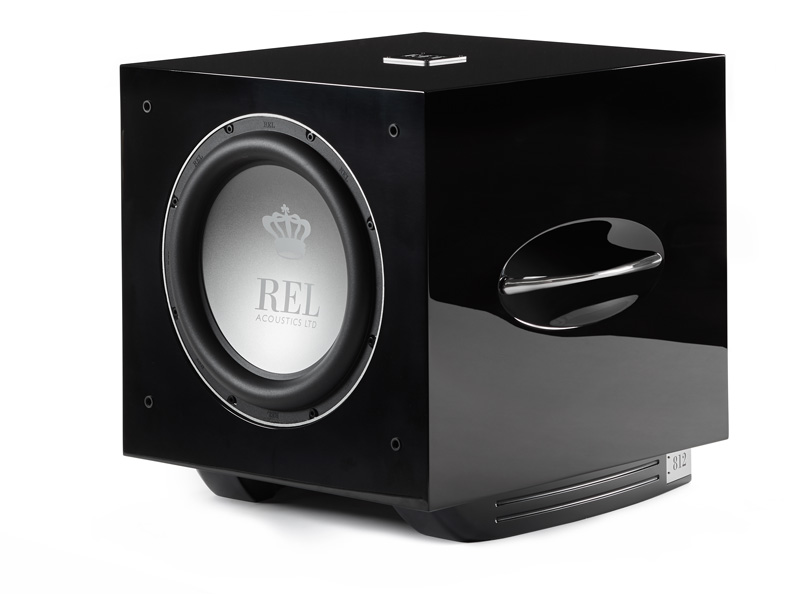Blog
R U Curious?
How the R Series kicked off the modern era of REL
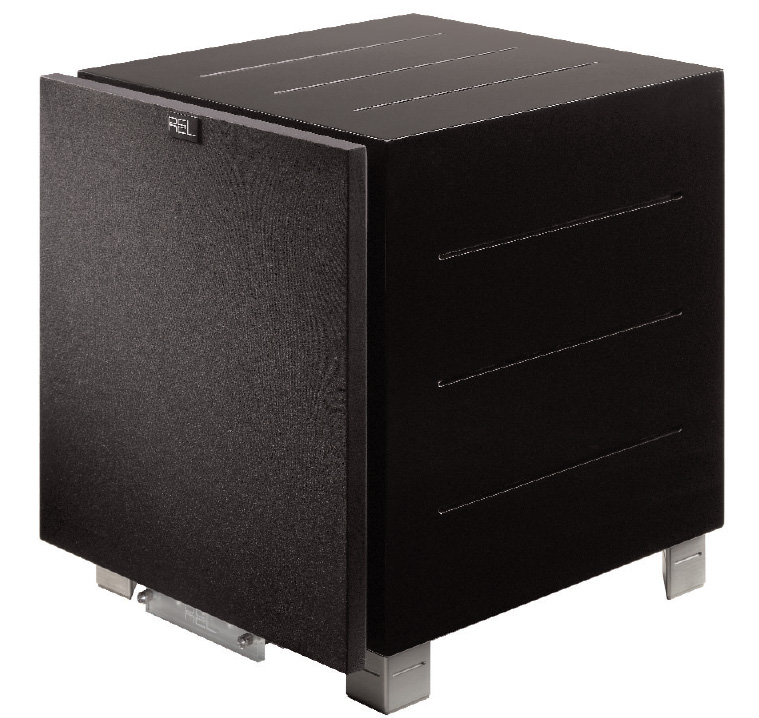
Turn the clock back to 2005 and you will see the ur REL, the progenitor of what would become the modern REL design language. Embedded in its design is the basic structure of our core mid-level lineup and common themes that have proven lasting virtues throughout the REL range.
2006-2010: R Series is Introduced
Donald and I purchased REL in September of 2005 and just 4 months later at the January 2006 CES, we showed a full lineup of modern RELs in what was then novel for REL, piano black lacquer (white would not arrive for another 4 years). The breakthrough success of the first generation R Series was profound. For a business that had been limited by longstanding business practices (like using an outsourced company for engineering and construction of its amps for example) the Serie R represented a breath of fresh air and an important signal to customers, dealers and the audio press that new ownership could be trusted to carry on the REL tradition of musicality, but in a newer, more premium way that would ensure its success long term.
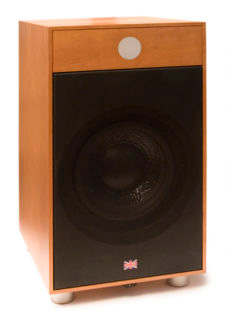
Take a look at a picture of the R Series (above) and the similarities far outweigh the differences between now and then. A crisp, piano black lacquer cube, nicely detailed aluminium feet : note the grey anodizing, a touch that has just found its way back into the latest Serie S. It also offered high quality (but compared with modern RELs, relatively heavy paper cone) driver and ultra-reliable Class D amplifier retaining the legendary REL High Level circuit. Today, 15 years on it still looks better than most of the competition, if a bit tall in the saddle. Significantly, they proved remarkably reliable improving on our already well-deserved reputation for building quality products. These original R Series models effectively replaced the Britannia range as the older models were larger, offered far less power and were a bit dated, even if they sounded great in their day. Here’s an image of the lovely old B2.
2010 – 2014: Serie R Makes its Debut
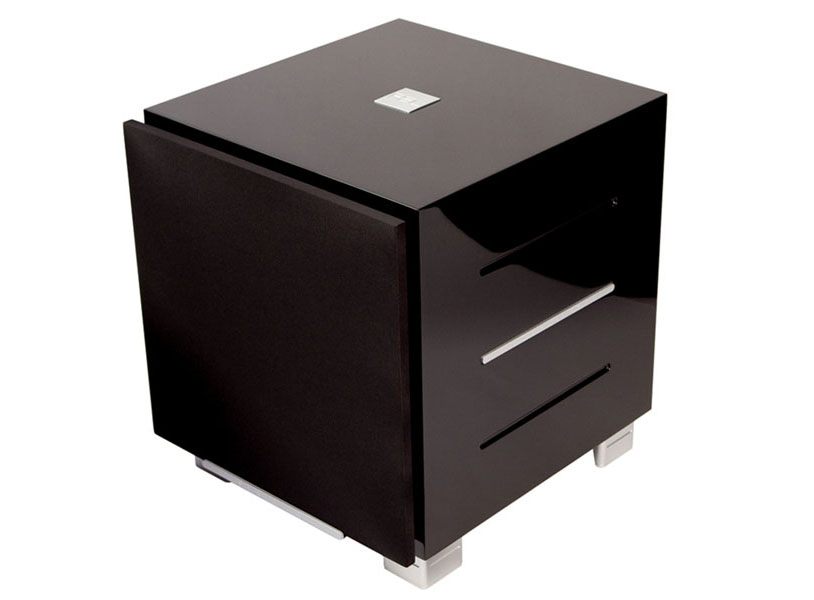
Evolution came quickly as just 4 years on, we introduced the Serie R range a direct outgrowth of the Gibraltar project that deserves its own posting sometime soon as all modern RELs have evolved from our Reference range ever since this seminal model was introduced. The models R-218, 328 and 528 provided a huge upgrade in power. The R-528 delivering 500 watts for the first time in any REL product and the first use of our new faster filters derived as 8 ms versions of the game changing 4 ms filters we developed for the G-1. Our form language took another step forward as external cabinet detailing became more mature, internal improvements to our braces (G-1 style braces) resulted in better dynamics and driver performance—while still using a pulp cone—evolved in both sound quality, power handling and deep bass extension. The lessons learnt on the G-1 paid immediate dividends for the Serie R and people bought them in large quantities, as by then the finish qualities modern RELs are now known for emerged in these models first.
2014 – Present: Serie S, Then & Now
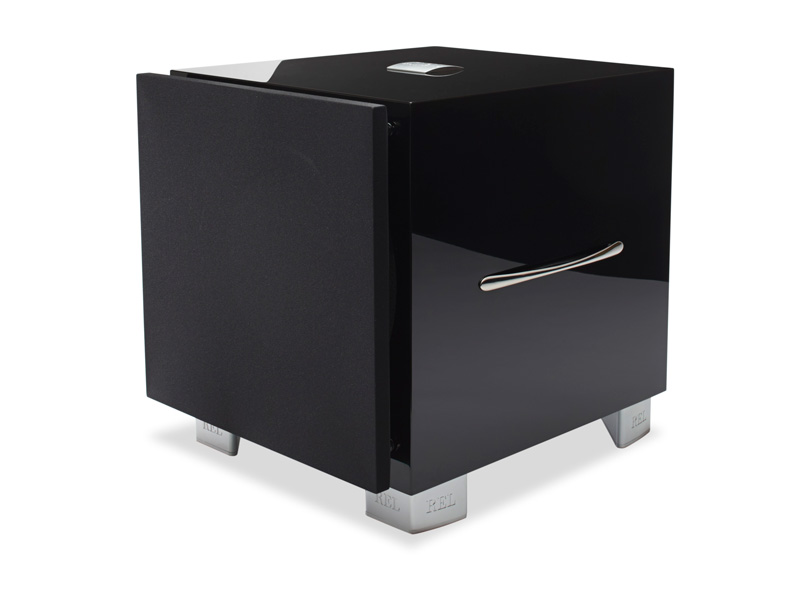
2014 saw the introduction of the Serie S using ultra lightweight alloy coned drivers, better filters, better limiters and heavier weight, even better built cabinets than the Serie R models. By now, we were in the swing of things and were getting the first faint whiffs of being able to hear faint echoes of our Reference products’ performance in the Serie S. The quality upgrade continued with better drivers, similar bracing and even better paint and trim quality delivered on Serie S. A mid cycle refresh in 2016 to the SHO (Super High Output) versions that delivered a new type of limiter allowed for almost 12 db higher output than the earlier versions had. The design team had kept working hard even after the release of the original Serie S, refining and learning the extremely high levels of output and reliability that could be unleashed and these were so well-received that replacement didn’t take place until the Fall of 2019.
Today’s New Serie S offers so many performance and aesthetic advantages over the original R Series, but it’s important to acknowledge the critical role that this 2006 range played. It immediately signaled a serious commitment to getting it right, it introduced crisp modern design and improved upon performance and reliability. In doing so, it allowed REL to transition from a tradition-bound company whose best days seemed behind them, to the bold industry leader we are today and continues to be.
Today, all of us privileged to work at REL owe a debt of gratitude to that original range and all that have succeeded it. Where many companies’ offerings in the midrange are but a shadow of their legitimate top line models, R and now S deliver on the promise of near-Reference performance in moderately-sized, attractively styled cabinets with depth of design that is broadly considered industry leading in quality.











